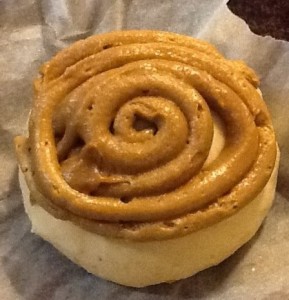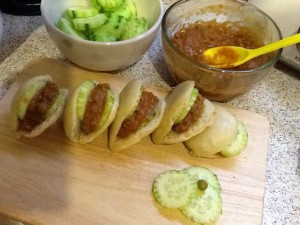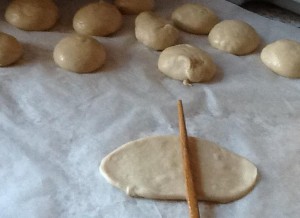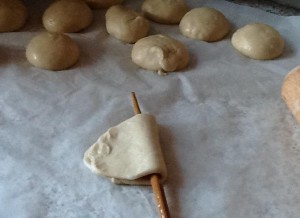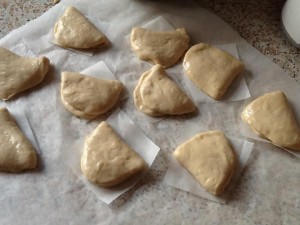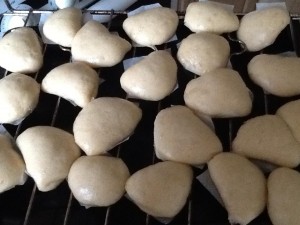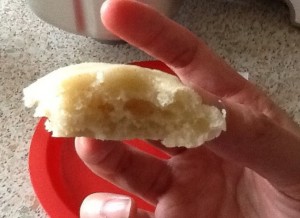We have finally arrived in Malaysia, staying with mum and dad. After a few nights of rest (or rather few days of rest as we sleep in the day and are wide awake in the night due to jet-lag), I have been summond to make bread, after all the hoo haas and pictures posted on facebook and on this website (mum and dad have been following my posts…..bless), mum and dad are eager to try my bready experiments.
As kaya is one of my all time favourite especially on toast with butter, I have decided to make kaya buns.
My eldest syster in law (PP) brought her new gadget so we can make kaya and bread (the bread maker I bought for mum will be transported by hubs in 2 weeks time,….yes all the way from UK).
The kaya and buns from this post are made using sister in law’s Thermomix (I will provide a review on Thermomix later).
This recipe is quoted by dad, from my late uncle who was a Hainanese. My late uncle’s family used to own a cofee shop that sells amazing Homemade kaya toast.
Ingredients for Kaya (aka coconut egg jam or coconut egg custard)
1 cup eggs (or 4 medium eggs)*
1 cup caster sugar (or 200 g)
1 cup coconut milk (or 200 g)
3 pandan leaves (or use 1/4 tsp pandan paste)
*substituting one of the chicken egg with duck or goose egg will make your kaya smoother.
Method for making Kaya
- Take and keep a table spoon of sugar for later. Cream the rest of the sugar with the eggs until the sugar has dissolved.
- Place the mixture on a double boiler stirring continously.
- When the mixture is hot, pour the mixture through a sieve (optional but this will make the kaya smoother) and return to the stove on the double boiler.
- Add coconut milk whilst beating the sugar and egg mixture.
- Knot the pandan leaves and place into the kaya.
- Cook the mixture on low fire using a double boiler with continous stirring….this is the labourious step, the more you stir, the smoother is your kaya….at this stage stiring and cooking can take 1 to 2 hours. The longer you cook, the longer you can store the kaya.
- Caramelise the table spoon of sugar (set aside from Step 1) in a saucepan about 30 minutes before the kaya is cooked and pour the caramelised sugar into the kaya mixture stirring quickly and evenly. The caramelised sugar will provide a rich brown colour and depth in flavour. It also adds fragrants.
To make the buns please refer to previous post on Making Hong Kong Sweet Buns (Pai Bao).

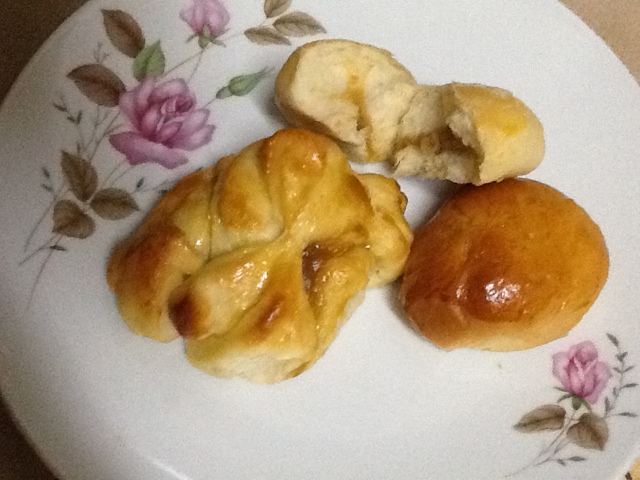
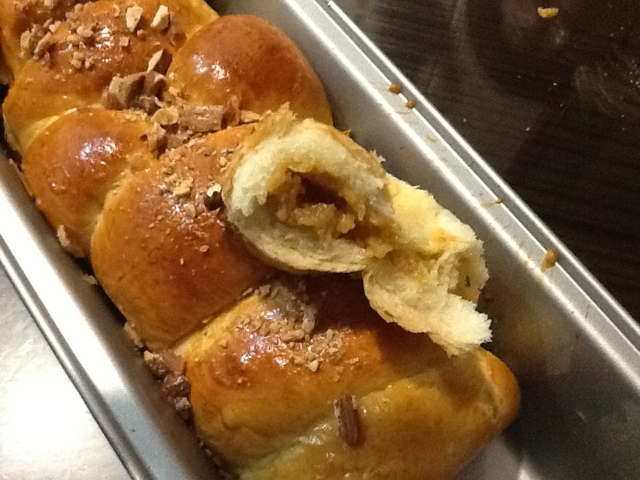
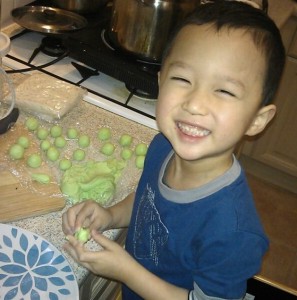 Today we will experience the shortest day and longest night, it is winter solstice after all. Winter solstice occurs exactly when the axial tilt of earth’s polar hemisphere is farthest away from the sun, this officially marks that winter is here. As a child, I always look forward to winter solstice as mum would always prepare Tang Yuan (or Tong Yuen) and makes effort to cook everyone’s favourite dishes. When eating Tang Yuan, mum would always say that we are now a year older and wiser.
Today we will experience the shortest day and longest night, it is winter solstice after all. Winter solstice occurs exactly when the axial tilt of earth’s polar hemisphere is farthest away from the sun, this officially marks that winter is here. As a child, I always look forward to winter solstice as mum would always prepare Tang Yuan (or Tong Yuen) and makes effort to cook everyone’s favourite dishes. When eating Tang Yuan, mum would always say that we are now a year older and wiser.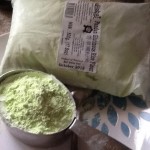
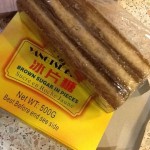
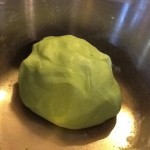
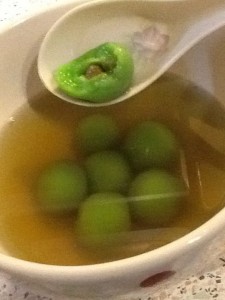
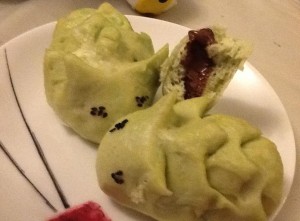 250 ml water
250 ml water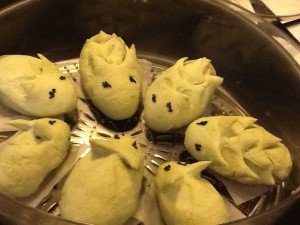
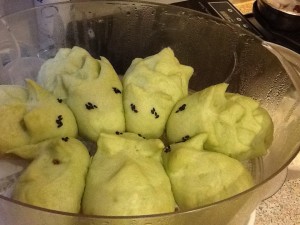 Proofing, Steaming and Storing
Proofing, Steaming and Storing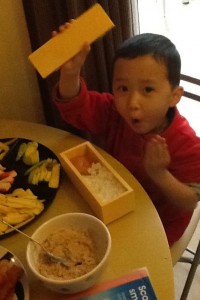 Here is my little chef making sushi. He wanted to make square and rectangular sushi so I didn’t bother with the sushi rolling mat. We have a pretty neat contraption where it makes square and rectangular sushi. It is so easy to use even my 3 years old can do it.
Here is my little chef making sushi. He wanted to make square and rectangular sushi so I didn’t bother with the sushi rolling mat. We have a pretty neat contraption where it makes square and rectangular sushi. It is so easy to use even my 3 years old can do it.
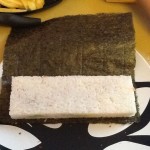
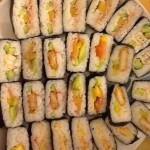

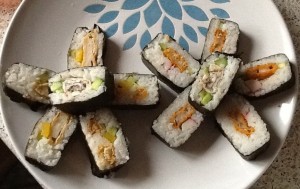
 Wishing everyone a very Merry Christmas and a Happy New Year. May 2012 brings you good health and prosperity .
Wishing everyone a very Merry Christmas and a Happy New Year. May 2012 brings you good health and prosperity .
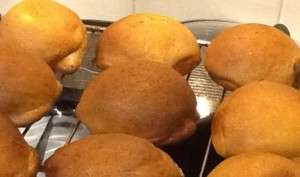

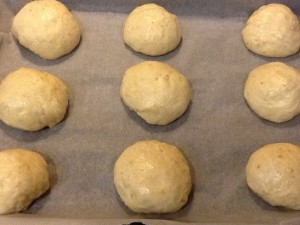
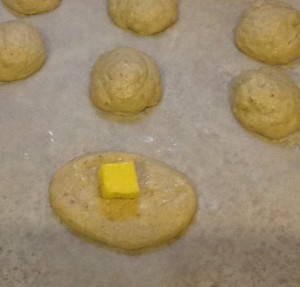 – works a treat!
– works a treat!